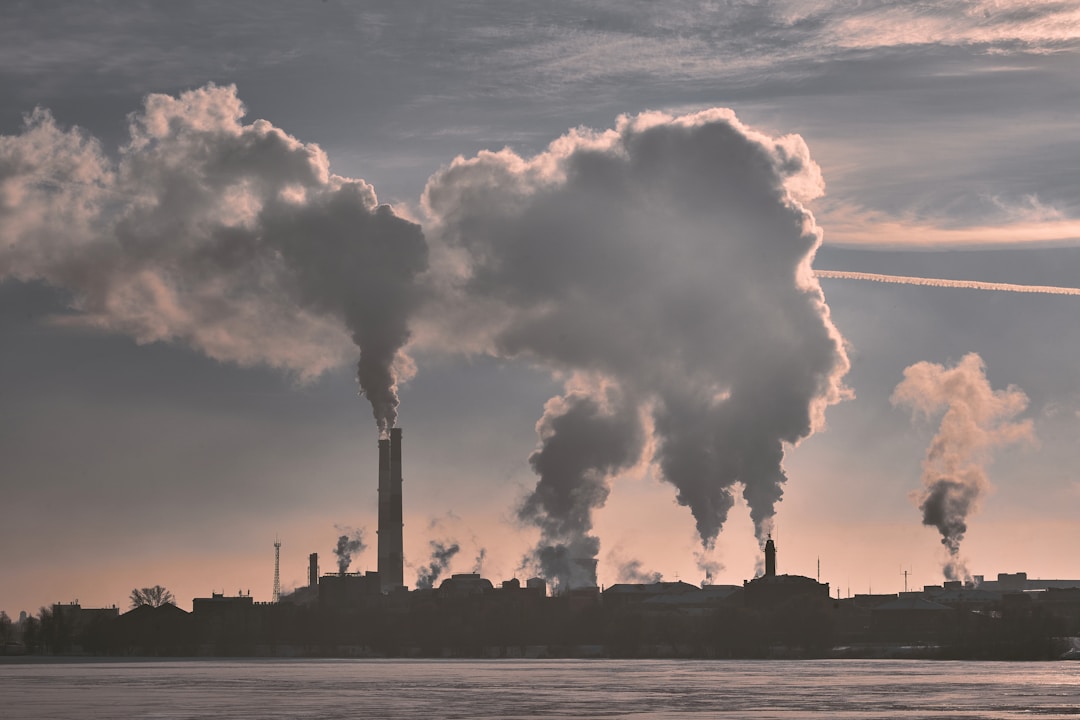
 Friends of the Earth
Friends of the EarthPeople of colour and people in poorer areas are more exposed to pollution
There are large differences in levels of air pollution across England, with deprived and ethnic minority areas the worst affected. Recent research shows that half of the areas with very high air pollution are in the poorest 30% of neighbourhoods, while nearly half of the population in neighbourhoods with very high air pollution are people of colour, meaning that people of colour are more than times more likely to live in a very highly polluted area than white people. The research also highlights the disparity between those who cause pollution and those who are most affected by it; households in areas with very high air pollution are up to three times less likely to own a car than households in the least polluted areas. A lot of air pollution is created by people driving through areas, rather than by residents of that area. Air pollution increases the risk of respiratory and cardiovascular diseases, especially for children and the elderly.

 Institute for Public Policy Research
Institute for Public Policy ResearchPeople with higher incomes create more carbon emissions
People with higher incomes tend to consume more, and thereby have higher carbon footprints. This manifests itself across multiple sectors. To use transport as an example, people in the lowest income households are half as likely to use cars, and are more likely to walk, than those with a higher income. 15% of people in the UK take 70% of all flights, while nearly 50% of the population do not fly at all in a given year. [See our indicator on carbon emissions, contrasting the difference between the emissions of the top 1% and the bottom 50% in the UK]

 University of Leeds
University of LeedsUnequal societies make global heating much worse than fairer societies
Most people want inequality to be much lower than it currently is. When you take these preferences and combine them with an analysis of the carbon emissions needed for everyone on earth to have decent living standards, it becomes clear that fairer societies globally, where everyone has a good standard of living, are compatible with the emissions reductions that are necessary to keep global heating under the 1.5 degrees target. But the only way to achieve this is to reduce inequality, and in particular to curb the carbon emissions of the richest in society, which is more important than trying to reduce or control population growth. The richest 1% could consume as much energy as the provision of decent living standards to 1.7 billion people.

 Social Market Foundation
Social Market FoundationThere is a strong intergenerational fairness dimension to net zero policy
How much value do we place on the wellbeing of future generations? If we think it is equal to our own, why do we discount the value of some future unit of wellbeing, purely because it will take place in the future? If we did not apply a misleading ‘discount rate’ to future costs, we would spend much more now on climate mitigation (and adaptation) to avert future costs, and to protect the wellbeing of future generations.
Access to nature is deeply unequal
84% of adults say that being able to access green space in their local area is important to them. However, only 57% of respondents to this survey lived close to green spaces such as parks, fields or towpaths. The numbers were lower still for people from ethnic minorities (39%) and people on low incomes (46% for people with a household income of under £15,000, compared to 63% of those with a household income over £35,000 and 70% of those with a household income over £70,000).



